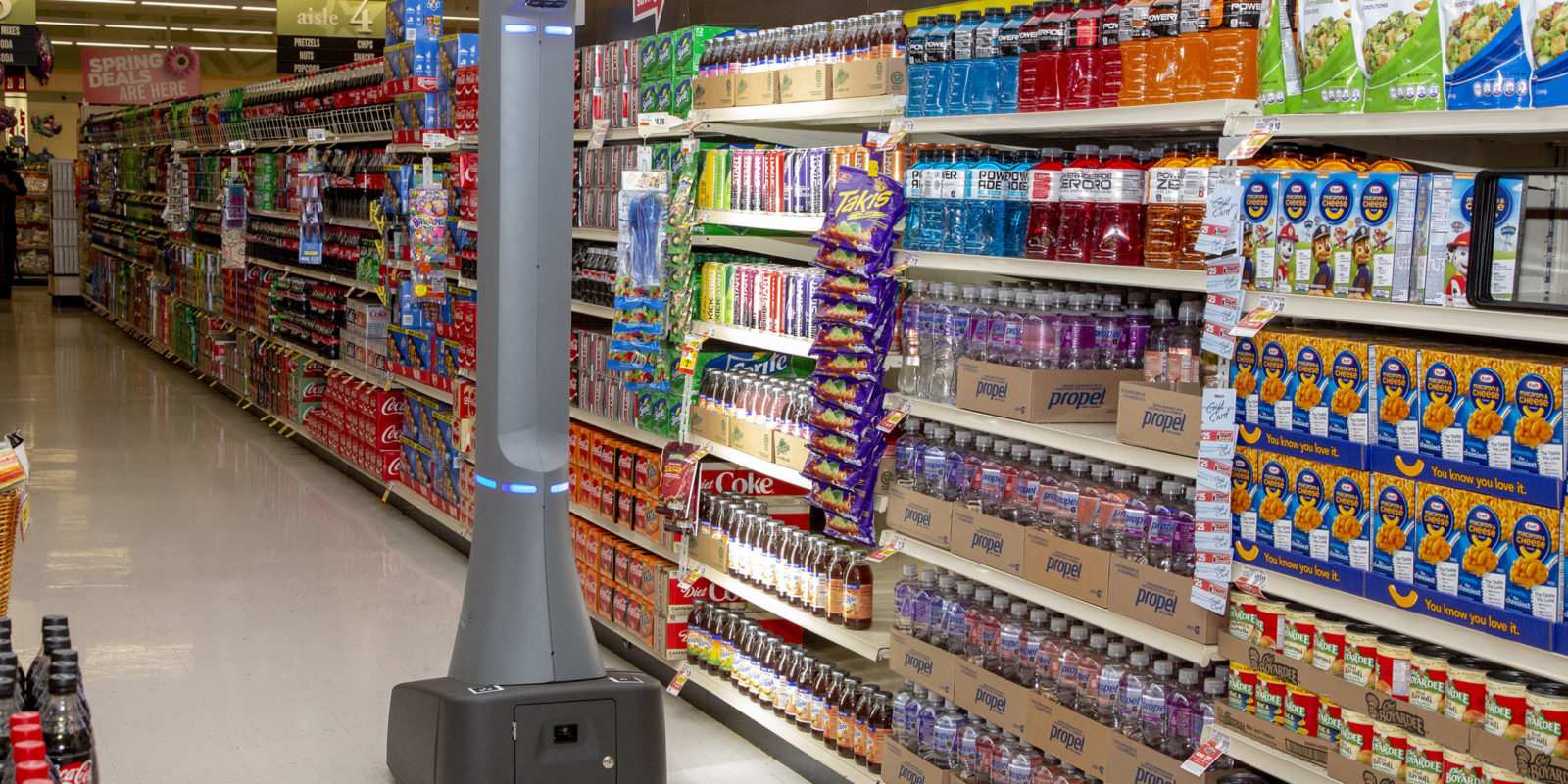Telecom & Technology Consulting

With rising labors costs and a decrease of available workers, retailers have been scratching their collective heads. How are they going to stay afloat?
To answer that question, more brands are turning to automation – specifically, to robots.
They have no choice. In 2022, retail companies increased spending on labor costs by nearly 5%. Powerhouse retailers like Target, Costco, and Walmart have been forced to boost hourly wages to retain workers.
But retail leaders understand that they can’t continually increase costs, which is why robots are becoming a common sight in warehouses and distribution centers. In fact, a new survey shows that nearly 25% of retailers have deployed robots within their operations. And approximately 50% will formally begin a robotics initiative by 2024.
While robots provide benefits for all aspects of retail operation, they’re especially valuable for “last mile delivery.” Last mile delivery is the final step of the delivery process when a package moves from a transportation hub to its ultimate destination, which can be a consumer’s home or a place of business. The last step, by definition, means it’s the most critical part of the delivery process, making efficiency the main priority.
Thankfully, advancements with robotic technology have been equaled with delivery system technology innovations. That pairing, along with the ongoing growth of ecommerce, has fostered the increasing use of autonomous vehicles for last mile delivery. The numbers support that notion: Today, robotic delivery is responsible for approximately $5.3 billion in revenues each month.
Curbside pickup has become one of the most profitable delivery methods. In fact, curbside makes up about 33% of automated delivery options. Not only do retailers appreciate the results, customers love the process. They simply go to a kiosk in the store, enter a secure code, and then a robot arrives with their packages. This process means that human employees can spend more time fulfilling orders and handling customer service.
Some retailers may wonder if consumers are ready for this shift. However, with online shopping now part of normal everyday life, consumers are comfortable with ordering and picking up their orders without having to interact with a human. Actually, in the not-too-distant future, robot delivery will be the “new normal.” We’ll be as used to it as we are with the concept of online shopping today.
Robots also allow retailers to have a more precise understanding of delivery performance. Using data, companies can assess how – and where in the process – they can improve deliveries. In turn, this data also helps to enhance others parts of the entire consumer experience. For example, managers can gain insights into customer service, branding, product acquisition, and even supply chain management.
As we can see, robots provide more than a functional improvement – they can transform how organizations operate. This is why retailers are investing in robots at a rapid pace. In a way, robots are redefining the entire notion of “shopping.” Consumers have to do less of the work, less of the searching for what’s on their shopping lists. Automation saves people time, but surveys say that some even now see their weekly grocery tasks as fun. And the happier the shopper, the more likely they are to be loyal to the retailer.
As is the case with all technology, we can’t realistically predict the role robots will play in retail, be it two or 10 years down the line. What we can say with confidence is that robots aren’t going anywhere – they will only be more and more prominent in retail over time.
Industry leaders must embrace robots in the same manner they embraced other emerging technology and technological trends: the Internet, online advertising, the cloud, digital transformation, and more.
Remember, there was a time when the shopping cart was a new development. Shopping carts allowed people to buy more while helping employees to be more efficient. Robots will do the same for your retail operation.